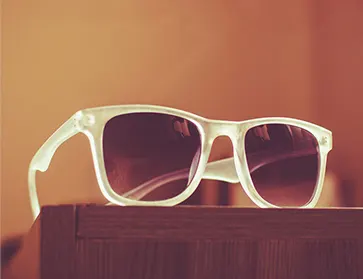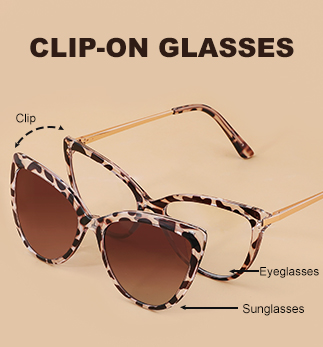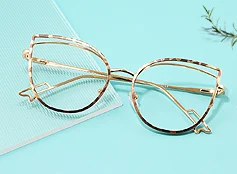Q: Thank you for sending my glasses. I finally received both glasses yesterday in St Lucia. The glasses were delivered to USA, then forwarded on to me in St Lucia. Unfortunately, since yesterday, I have been wearing the Taber (68011)
Black Multifocal Lens×US $125.95, which is making me very dizzy. I also find that it is a big too big and slides off my face. Even when it is in the correct position on my face, it still makes me dizzy. I am using the Xaria (21190)Blue Multifocal Lens ×1 US $127.95 to type this message. I must say that I love the look of both glasses. But as stated before, the Taber glasses, is too big and is making me very dizzy. What can you do to help me? It takes such a long time from placing my order to receiving the order.
A: Dear Juliet Sterling,
Please don\'t worry, we will help you.
In order to find the cause, would you please answer us some questions?
1. And would you please tell us when your eyes focus on the distance range of the lense and look far away, whether you feel dizzy?
2. And would you please tell us when your eyes focus on the near range of the lenses and reading, whether feel dizzy?
3.Would you please put on your glasses, adjust the position of your glasses on your face to see if you can find a position where you are comfortable with them ?
4.Would you please wear the good eyeglasses and take a photo of them ?
5.And would you please wear the uncomfortable eyeglasses and take a photo of them ?
































